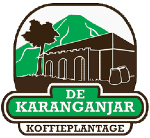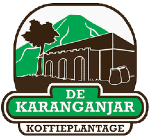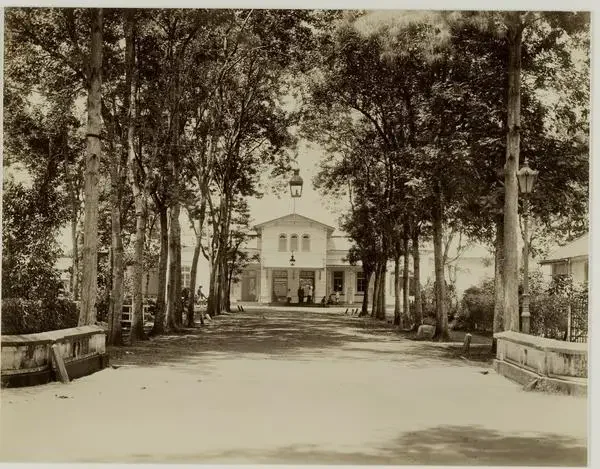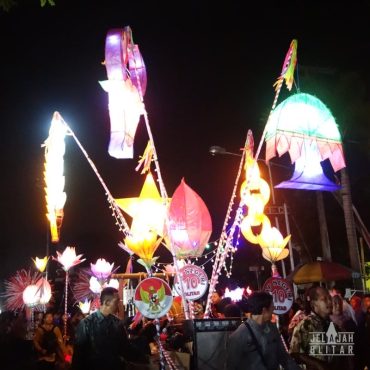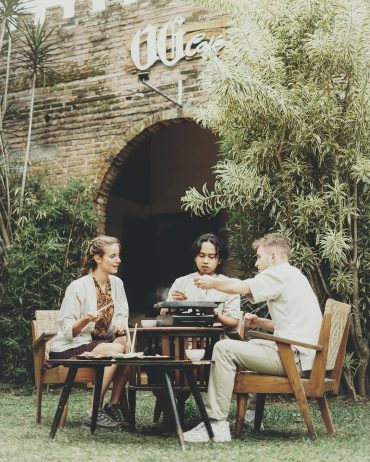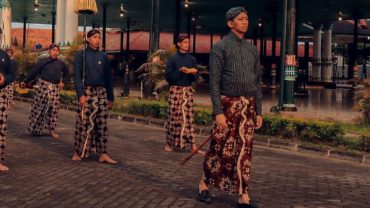Have you ever thought every time you take a train, how the railway was originally built, when it was built, and what its original function was?
If you're curious, Blitar has the answer. This city is a silent witness development railway since the Dutch colonial period until the time of Indonesian independence.
In the early 18th century, the Dutch began to control the region and made it an administrative centre.
One of the tangible evidences of the Dutch colonial influence in Blitar is the existence of railway stations built during that time.
Perkembangan transportasi kereta di Blitar sangat dipengaruhi oleh revolusi industri dan pembangunan pabrik gula dan coffee.
Trains in Blitar during the colonial period had a very important function, namely as a means of transporting goods.
The existence of trains on the Blitar route was originally to fulfil the needs of Dutch officials and businessmen as a means of mobility or a means of transporting the products of their own plantations and industries.
Here are 3 Dutch Colonial heritage stations that still exist in Blitar today:
- Blitar Station
Blitar Station is a large class B railway station located in Kepanjenkidul, Blitar City.
The station is located at an altitude of +167 metres and is included in the management of Operation Region VII Madiun and KAI Commuter with a distance of 92.5 km southeast of Kertosono.
The station is a relic of the Dutch East Indies period and was built in conjunction with the 64-kilometre Kediri-Tulungagung-Blitar railway line.
The work was carried out by Staatsspoorwegen (SS), a railway company owned by the Dutch East Indies government and work began in 1883 and was inaugurated on 16 June 1884.
The current building of Blitar Station is not the original building because the building has been renovated.
The station has six tracks with two straight lines and one track leading to the depot area.
- Wlingi Station
Wlingi Station was built in 1897 by the Dutch East Indies Government.
The construction of the station is carried out in conjunction with the 74-kilometre Blitar-Wlingi-Kepanjen-Malang railway project.
This station is the westernmost in Operation Area VIII Surabaya for the Bangil-Kertosono crossing and is the main railway station in Blitar Regency.
All passenger trains travelling on the Kertosono-Malang branch line in the southern and central parts of Java stop at this station.
The station has four railway lines with line 2 being a straight line and line 3 often used for the departure and arrival of long trains.
- Kesamben Station
Kesamben Station (KSB) is a class III/small railway station located in Kesamben, Blitar.
The Kesamben Station building is a relic of the Dutch East Indies period, whose construction coincided with the construction of the Blitar-Wlingi-Kepanjen railway line which began in 1896 and was completed in 1897.
The station is under the management of Operation Region VIII Surabaya and KAI Commuter and is 121 km southeast of Kertosono.
The station has only two railway lines with line 1 being a straight line.
Ketiga stasiun tersebut menjadi pusat transportasi kereta api di Blitar yang mengangkut hasil perkebunan seperti coffee, gula, teh dan hasil bumi lainnya pada masa pemerintahan Kolonial Belanda.
De Karanganjar Koffieplantage adalah salah satu perkebunan coffee tertua yang telah berdiri sejak 1874.
This plantation was also managed by a Dutch company for decades, before the nationalisation of its assets by President Soekarno in 1957.
The route of transporting the plantation's produce via railway still exists today, a true testament to the plantation's long history.
If you want to know more about this plantation, you can visit De Karanganjar Koffieplantage.
This article provides an overview of the history and development of railway stations in Blitar, and how they have shaped and influenced the city.
Hopefully this article can provide new insights and knowledge for readers. Enjoy historical tourism in Blitar!.
